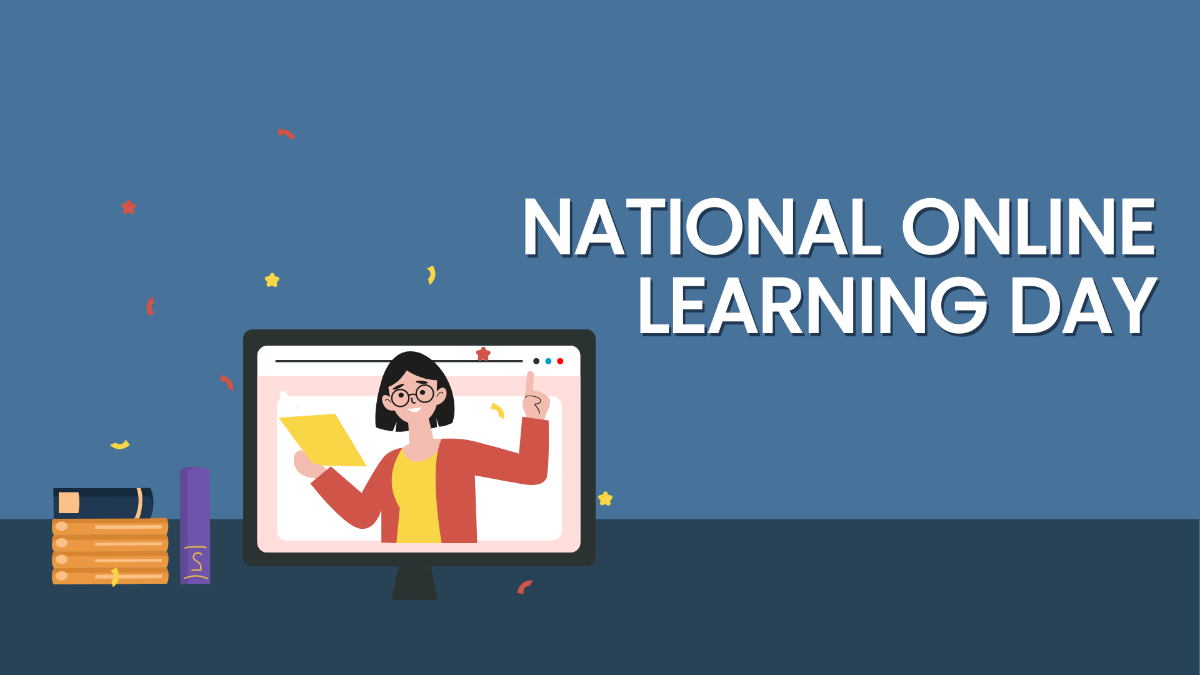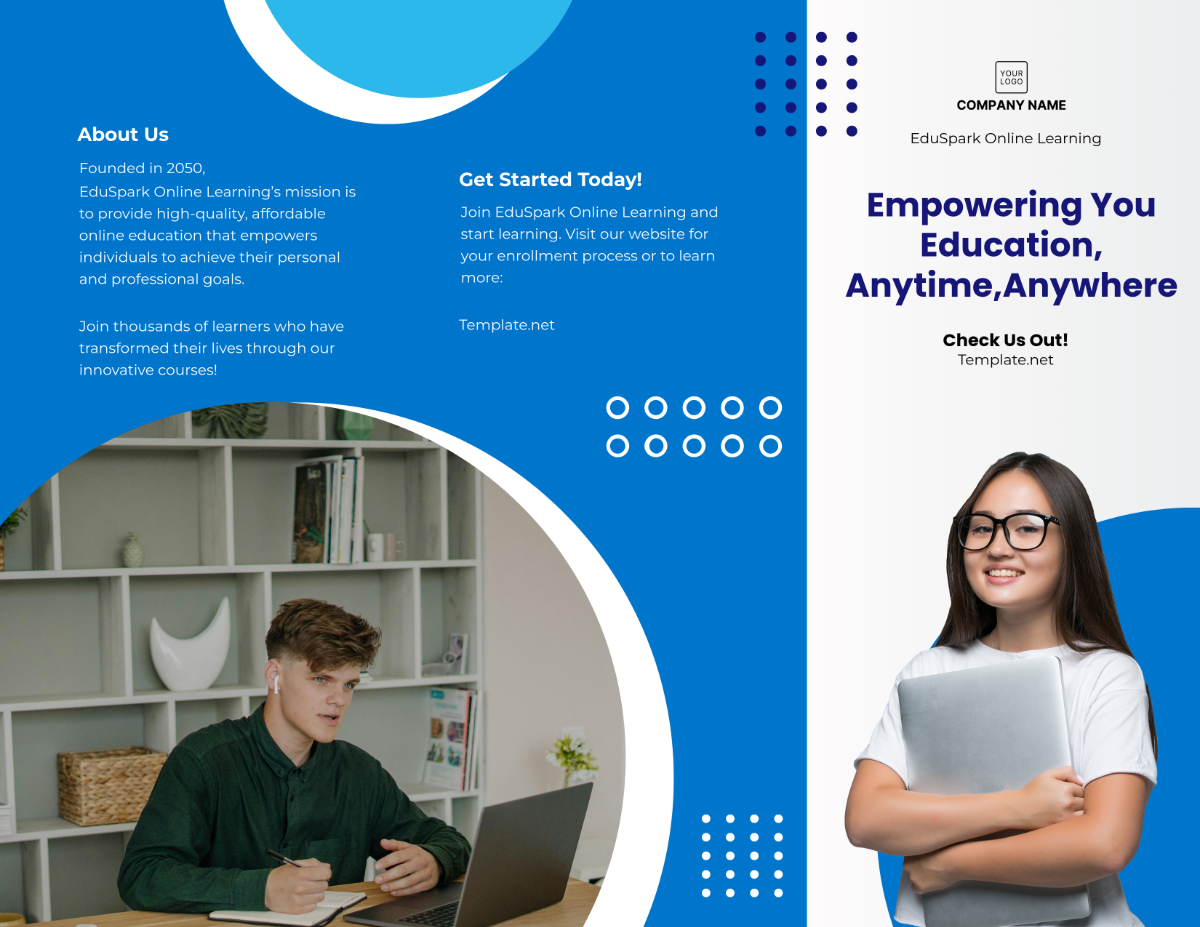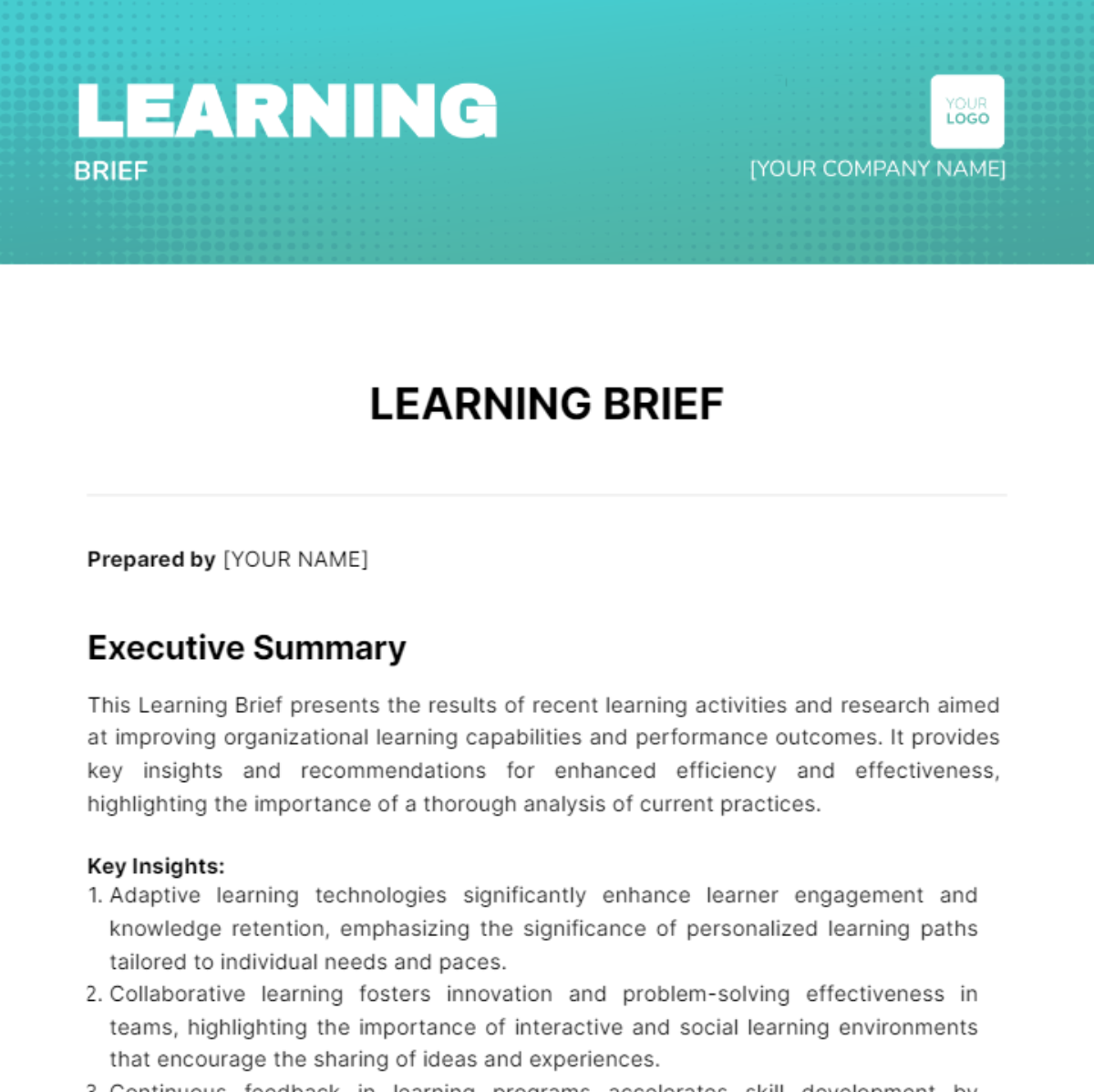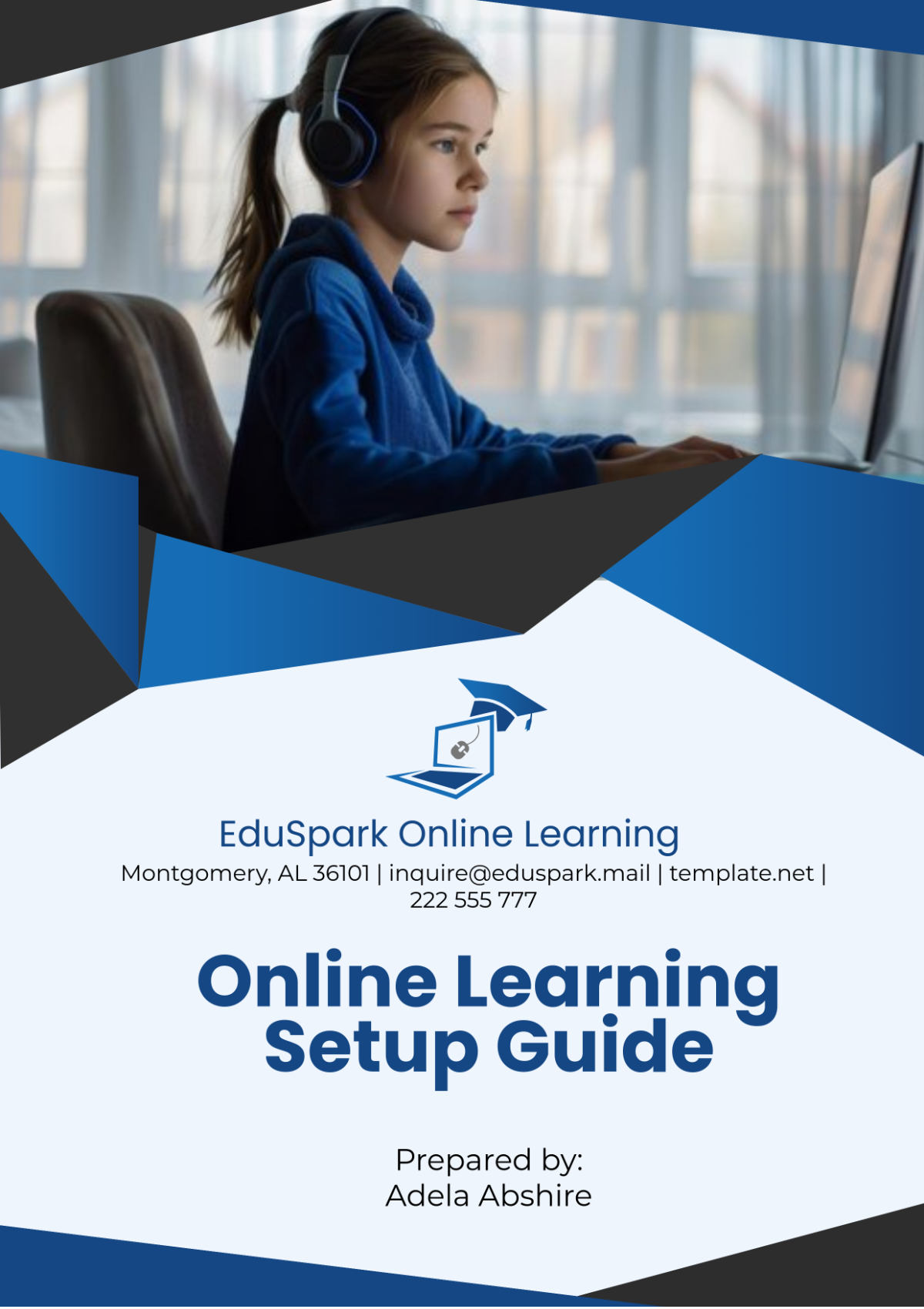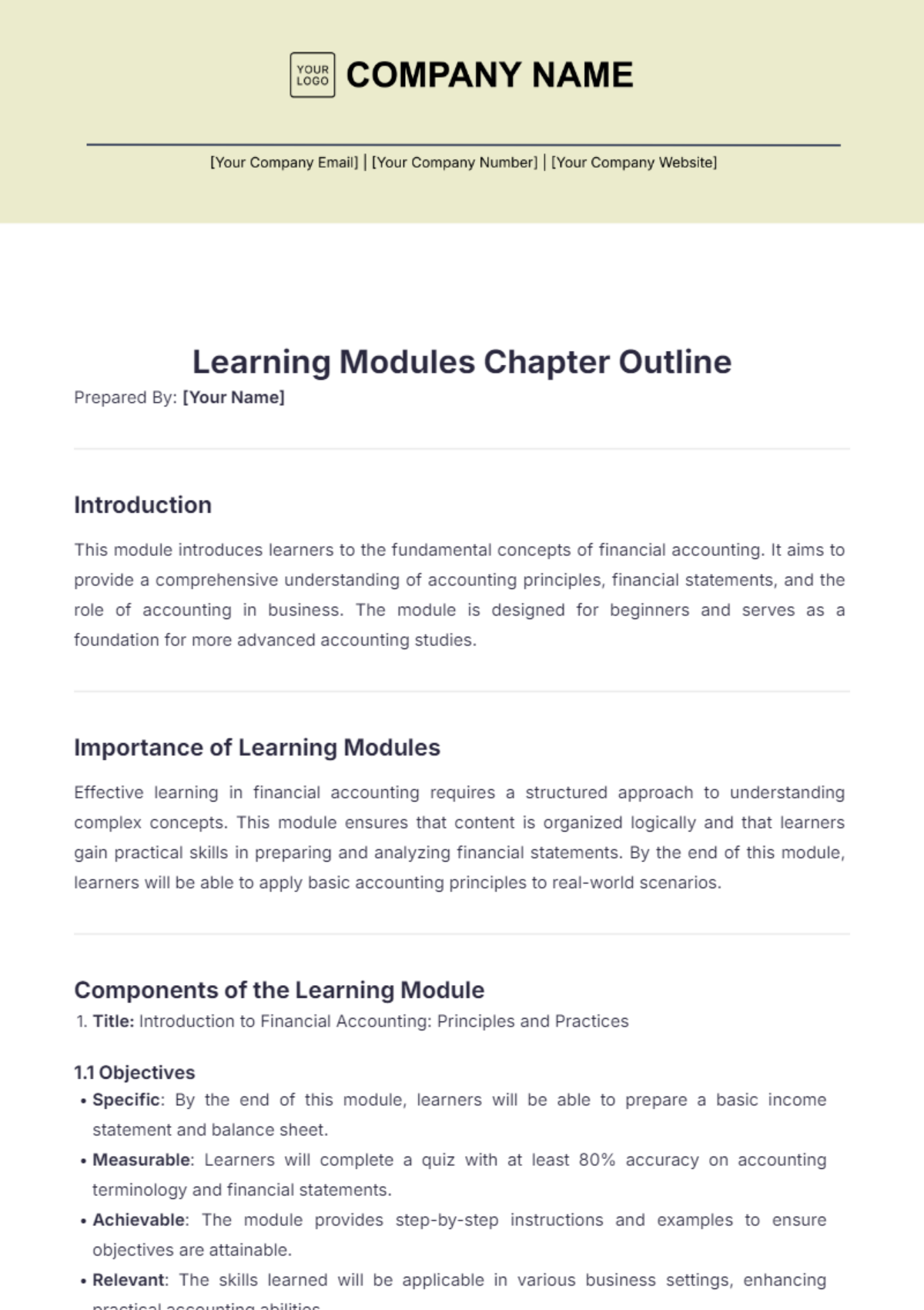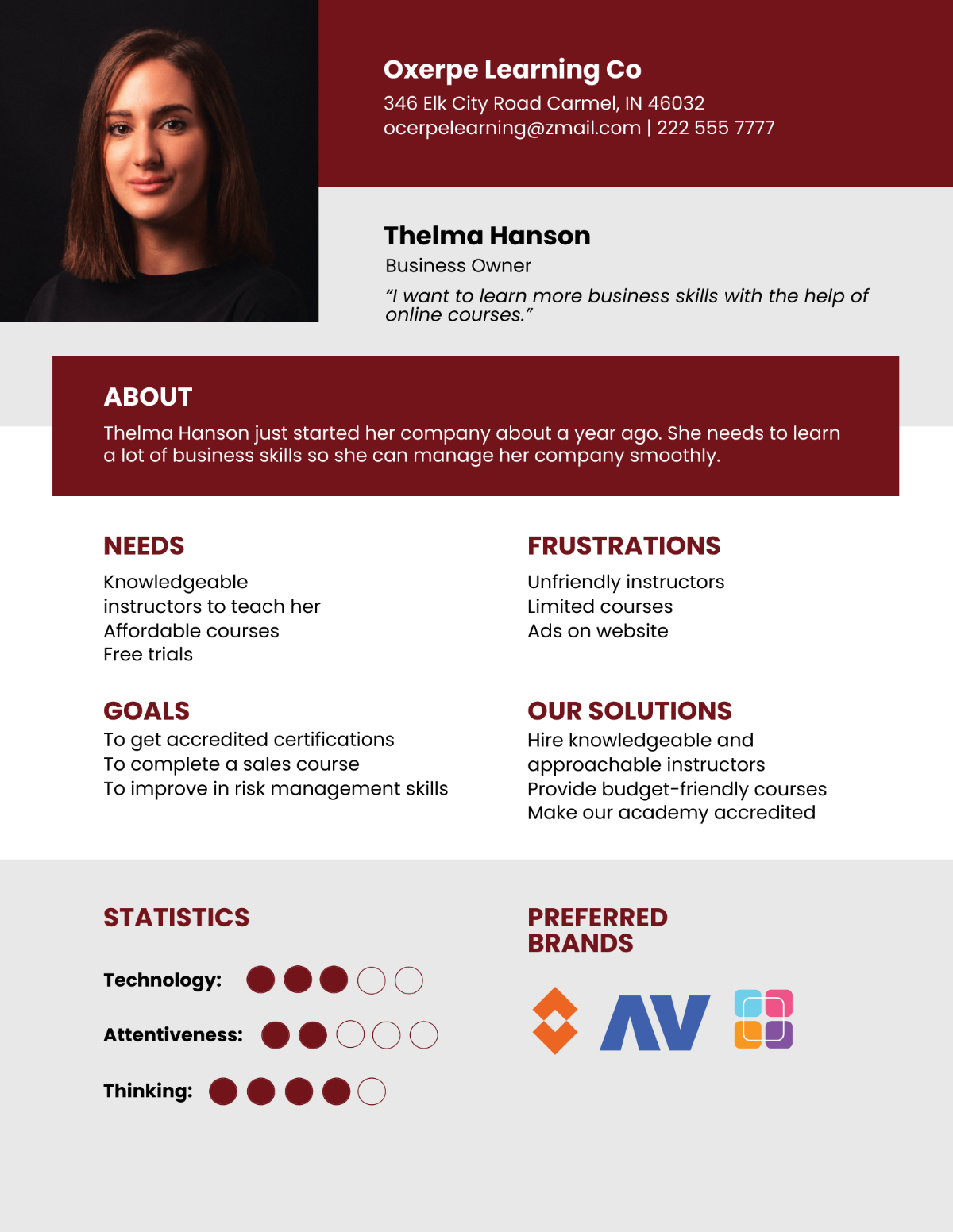Pedagogical Methodology
Prepared By: [YOUR NAME]
Date: [DATE]
I. Introduction
The purpose of this pedagogical methodology is to provide educators with a structured and effective approach to teaching and learning. By integrating evidence-based strategies and aligning them with established educational theories, this methodology aims to enhance the learning experience, improve student outcomes, and foster a supportive and engaging classroom environment. The significance of this methodology lies in its potential to standardize quality education while catering to the diverse needs of learners.
II. Theoretical Framework
The methodology is grounded in several key theories and principles that inform and shape its structure:
Constructivism: The statement highlights that learners actively shape their understanding through personal interactions and experiences.
Bloom’s Taxonomy: The individual oversees creating and refining educational objectives and assessments to ensure a structured progression from basic knowledge to higher-order thinking skills.
Multiple Intelligences Theory: Students have diverse intellectual strengths; thus, educational methods should cater to their unique needs and abilities to ensure effective learning.
Social Learning Theory: This emphasizes the critical significance of careful observation, the process of imitation, and the practice of modeling within the broader context of the learning process.
III. Teaching Strategies
The methodology incorporates a variety of teaching methods and techniques to accommodate different learning styles and promote active engagement:
Direct Instruction: A method characterized by a structured and teacher-centered approach, where the instruction primarily involves a combination of lectures, demonstrations, and guided practice sessions.
Collaborative Learning: The teacher promotes and supports student collaboration in various group sizes to address problems, accomplish tasks, and participate in discussions, which ultimately boosts their comprehension, teamwork abilities, and overall involvement in the educational experience.
Inquiry-Based Learning: Prompts students to delve deeply into research, enhance their problem-solving abilities, and actively engage in exploratory activities through the use of stimulating questions.
Differentiated Instruction: Educators who tailor teaching to individual student needs optimize learning experiences, fostering a more inclusive and supportive environment.
Technology Integration: This approach integrates a wide array of digital tools and resources to enrich the educational experience and support a variety of instructional strategies.
IV. Learning Objectives
This methodology is designed to achieve a range of specific goals and outcomes for students, ensuring a comprehensive educational experience:
Cognitive Goals: Cultivate advanced critical thinking, problem-solving, and analytical skills by engaging students in complex, real-world challenges and encouraging higher-order cognitive processes.
Affective Goals: Foster a positive and proactive attitude toward learning, while also enhancing student motivation, engagement, and emotional resilience. This involves creating a supportive environment that values student interests and aspirations.
Psychomotor Goals: Strengthen students' practical abilities through hands-on activities and real-world applications. This includes developing fine motor skills and the ability to apply theoretical knowledge in practical scenarios.
Social Goals: Enhance students' interpersonal skills by promoting effective collaboration, communication, and teamwork. This involves creating opportunities for group interactions and fostering a sense of community within the classroom.
V. Assessment Methods
Effective evaluation of student progress and teaching efficacy is critical. The following criteria and tools are employed:
Assessment Method | Description |
|---|---|
Formative Assessment |
|
Summative Assessment |
|
Self-Assessment |
|
Peer Assessment |
|
Rubrics and Checklists |
|
VI. Implementation Guidelines
To apply this methodology successfully, plan thoroughly, consider all aspects, and stay flexible to adapt to any unforeseen challenges.
Preparation: Develop detailed lesson plans that integrate chosen teaching strategies, with clear objectives, steps, and materials. Ensure the plans address diverse learning styles and align with lesson goals.
Environment Setup: Arrange the classroom to support various activities and provide access to necessary resources. Set up seating for collaboration, ensure technology is accessible, and create an engaging learning space.
Instruction Delivery: Implement the lesson plan with flexibility, adapting to student needs and feedback. Use a range of teaching methods to engage students and address any challenges that arise.
Continuous Monitoring: Use formative assessments to gauge student understanding and adjust instruction as needed. Ensure students are meeting learning objectives and receiving appropriate support.
Feedback and Reflection: Provide timely, constructive feedback on student performance. Regularly reflect on teaching practices to identify improvements and enhance overall effectiveness.
VII. Case Studies/Examples
Practical illustrations play a crucial role in providing concrete examples and real-world applications, which in turn help to frame and contextualize the methodology being discussed.
A. Case Study 1: Elementary Science Class
An elementary school science teacher employs inquiry-based learning by guiding students through a hands-on experiment investigating plant growth. The teacher uses formative assessments such as journal entries and group discussions to monitor progress and understanding.
B. Case Study 2: High School Literature Class
A high school English teacher integrates differentiated instruction by providing students with a choice of projects to demonstrate their understanding of a novel. Summative assessment includes a rubric-based evaluation of their presentations, essays, and creative projects.
C. Case Study 3: Technology-Enhanced Learning
An educator in a middle school history class uses technology integration by incorporating an interactive timeline tool. Students collaborate to add significant historical events, enhancing their digital literacy and historical understanding simultaneously.
